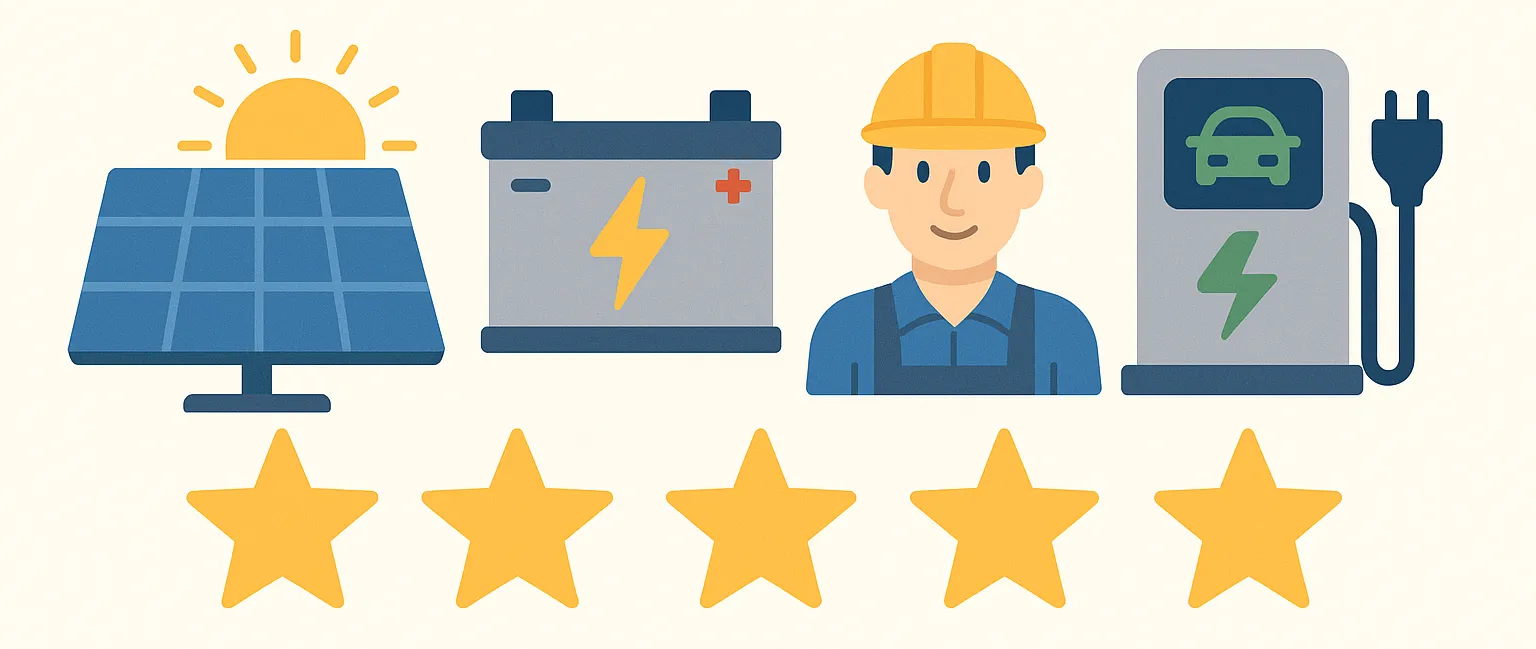The role of a PV module backsheet is to effectively insulate the rear of the panel electrically and prevent mechanical and environmental degradation of the internal components. It must cope with an enormous variety of conditions over the lifetime of the panel with over 9000 daily temperature cycles, operating temperatures ranging from -20°C to 85°C and widely varying humidity levels.
The PV module backsheet is a multi-layered polymer (or a second glass sheet) that interfaces to the encapsulant on the cell side and the air on the other. A typical construction is shown in the diagram below.
For many decades, solar modules used polyvinyl fluoride (PVF) as the outer layer of the backsheet, and often as the inner layer also. Field experience over 40 years has shown this construction to be very stable and reliable, which has underpinned the solar industry’s expectation of a 25- to 30-year life for panels.
Around 10 years ago, there was a move to new backsheet materials to reduce manufacturing costs. Now manufacturers have well over 200 backsheet makes and models available to them, using a wide variety of formulations. Most use polyethylene tetraphthalate (PET) as the core layer, but the critical outer layer may be PVF, polyvinylidene fluoride (PVDF), hydrolysis-resistant PET, polyamide (PA), fluorine coating, fluoro resin or fluoroethylene vinyl ether (FEVE).
Typically, module manufacturers will have many different backsheets within the scope of their certification for any particular model number. However, these are not equivalent quality, although all have passed the IEC testing.
Degradation issues
When polyamide was introduced as an outer layer around 10 years ago, it was widely adopted as a cheaper alternative by manufacturers as part of cost reductions. However, this backsheet started to fail within two to three years, with a nearly 100 per cent failure rate within around six years due to serious cracking and water ingress.
Other backsheets have also shown signs of degrading, with some modules using PVDF backsheets showing cracking and de-lamination. PVDF is now the most widely used backsheet in the Australian market and is available from dozens of backsheet manufacturers.
The Australian market is particularly vulnerable to backsheet degradation as field studies show that both high temperature environments and rooftop installations are at significantly higher risk.
When assessing for evidence of backsheet degradation, these are some of the things to look out for:
- inverter fault due to earth leakage on array
- water ingress to the panel (black staining under the glass)
- delamination of the backsheet
- backsheet cracking
- backsheet yellowing or powdering
- cell-side backsheet crazing (viewed from the front).
Slow evolution of standards
The difficulty is that IEC standards for panels were developed when there was only PVF. This material is reliable over 30 years of exposure, so there were no known backsheet failure mechanisms to test for. Awareness of backsheet degradation in the standards community has been developing since 2016, when worldwide data started to become available that correlated panel failures with the actual backsheet materials. This has led to a race to develop and verify an appropriate test regime to simulate field failures, but this process inherently takes a long time.
There are now four standards under development:
- IEC 62788-2-1 Backsheet safety
- IEC 63209 Extended stress testing of PV modules
- IEC 63126 PV modules at elevated temperatures
- IEC 61215-1 Ed2 PV module qualification
The first of these will be incorporated into IEC 61215 in the next edition. However, this may take three years to flow into panels on the market.
The CEC responded to this problem 12 months ago by introducing an Enhanced Listing for modules that
comply with strict test criteria for backsheet durability. Two leading manufacturers have signed up for this and a number of others have flagged they will undergo testing. The CEC encourages retailers and distributors to request a quality backsheet
in their purchasing of modules, and request that their manufacturer gets products tested and listed by CEC for backsheet durability.
News item provided courtesy of Ecogeneration - www.ecogeneration.com.au

